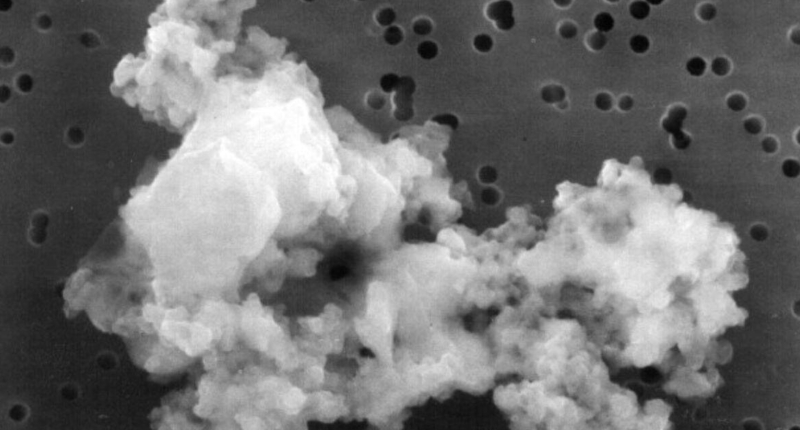Scientists suggest that space dust and debris from other planets could carry fossilized or recently dead microorganisms and therefore could be a good place to look for signs of life outside Earth. According to a recent study, Tomonori Totani proposes studying well-preserved grains ejected from other worlds for potential signs of life. Although the distances and times involved in the search for extraterrestrial life can be vast, the paper estimates that around 100,000 extraterrestrial grains, with the potential to carry alien life, could land on Earth every year. The proposed methods of collecting space dust include using detectors based in space that can capture speeding particles or searching for these particles on Earth. Particles that are approximately 1 micrometre in size can survive entering our atmosphere without severe heating, allowing potential biosignatures to remain intact. The study highlights that space dust and debris could carry traces of alien life, and while challenging, collecting and studying this dust could lead to the discovery of unambiguous signs of life beyond our planet.
Space Dust: A Potential Carrier of Alien Life Through the Universe
Scientists searching for life beyond Earth could turn to space dust for answers, as it may contain traces of extraterrestrial life. In a recent study published in The International Journal of Astrobiology, Tomonori Totani, an astronomy professor at the University of Tokyo, proposes studying well-preserved grains ejected from other planets to look for potential signs of life. The research argues that while astronomical observations might help find life signatures, it is impossible to claim the “unambiguous detection of life” by remotely observing planets.
The study suggests that space dust and debris from other planets, resulting from collisions with asteroids or other celestial objects, could carry fossilized or recently dead microorganisms. These ejected materials vary in size, and the larger pieces could fall back to their original planet or end up orbiting a local star or another planet. However, dust grains approximately 1 micrometre in size could be the perfect carrier of signs of life. They could host a single-celled organism and potentially escape their solar system, reaching ours under the right circumstances.
“I propose we study well-preserved grains ejected from other worlds for potential signs of life. The search for life outside our solar system typically means a search for signs of communication, which would indicate intelligent life but precludes any pre-technological life. Or the search is for atmospheric signatures that might hint at life, but without direct confirmation, there could always be an explanation that does not require life,” says Totani in a press statement.
Searching for signs of life from outside Earth is crucial in understanding life’s origin and evolution on our planet. While scientists could potentially find life signatures through astronomical observations, studying space dust could lead to the discovery of unambiguous signs of life.
Capturing Space Dust to Search for Alien Life
The possibility of alien life existing beyond Earth continues to intrigue scientists worldwide. Although it is challenging to detect signs of life from other planets, new research suggests that space dust and debris from other planets could contain traces of alien life. According to Tomonori Totani, an astronomy professor at the University of Tokyo, scientists should study space dust to look for potential signs of life outside Earth. However, the distances and times involved can be vast, which reduces the chance of ejecta containing life signs from another world reaching Earth.
Despite the odds, Totani estimates that around 100,000 such extraterrestrial grains, with the potential to carry alien life, could land on Earth every year. The paper suggests collecting these grains from exoplanets using detectors based in space. Using a low-density medium like silica aerogel could help capture speeding particles by decelerating them slowly, reducing the chances of any potential biosignature being damaged.
Alternatively, searching for space dust on Earth is another approach. Particles that are approximately 1 micrometre in size can survive entering our atmosphere without severe heating, allowing potential biosignatures to remain intact. Though most extraterrestrial materials that arrive on Earth are sub-millimetre particles, technologies could locate these particles in the right locations on Earth.
The study highlights that, while space dust and debris could carry traces of alien life, it remains a challenging task to locate them. However, the proposed collection methods could offer some hope for detecting life beyond our planet.
Don’t miss interesting posts on Famousbio
